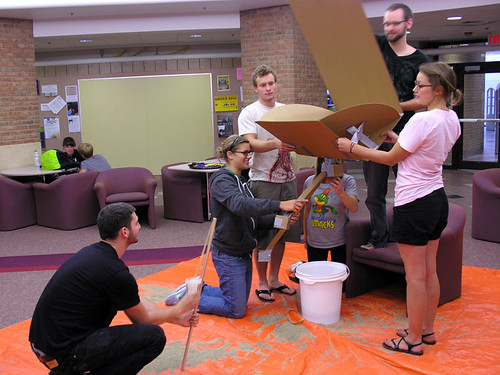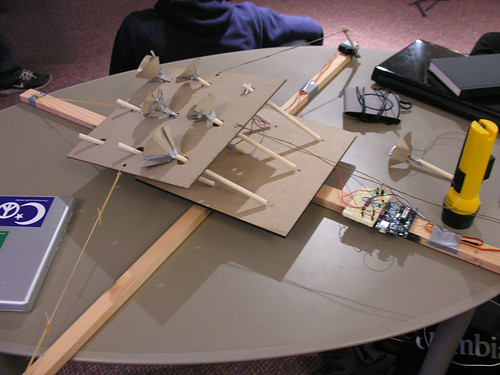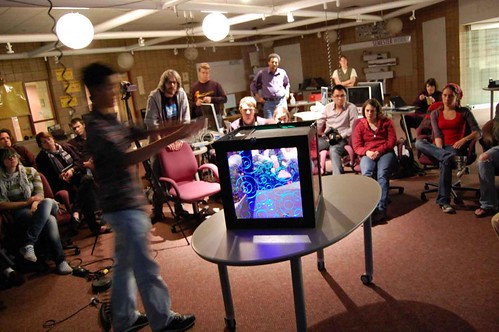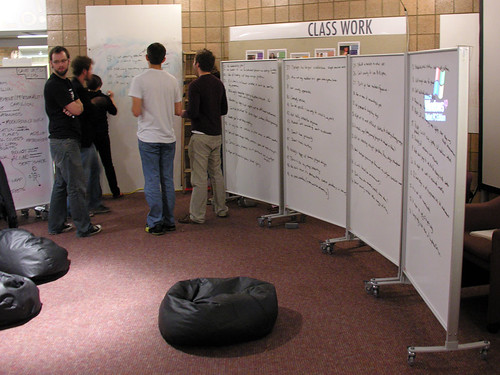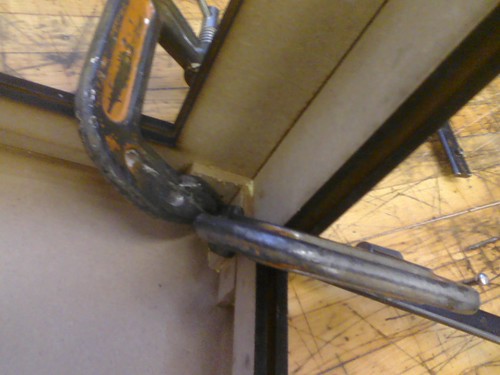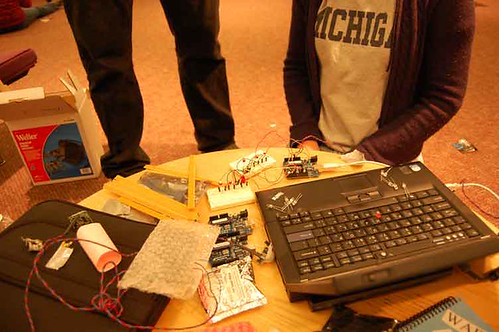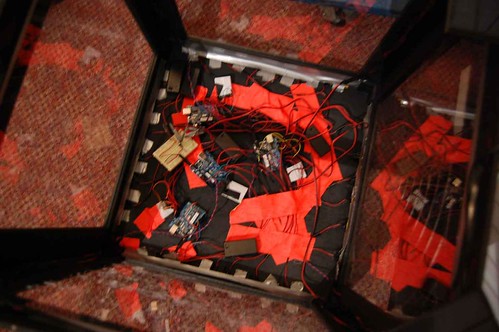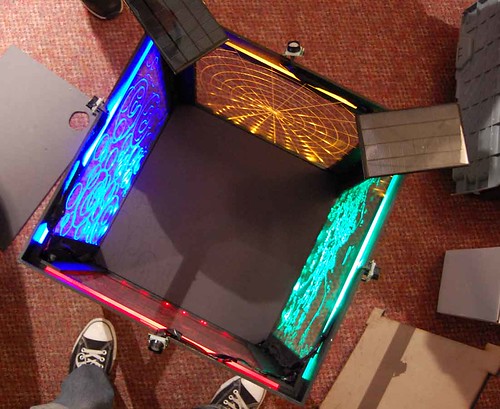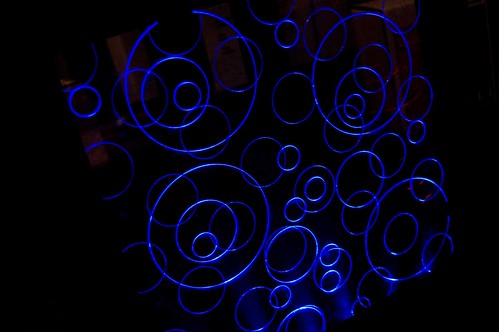We'll we're in final groups of course now. I really like my group, we work well together and all get along which is even more appreciated after the last group!
Smart Surfaces Team One is (since I've not posted on it before)
I'm excited to work with all of them.
Today we got to work on prototyping something to show roughly what we want to do with our project. It's good to make something, it's what I as a design student love to do. Book work sucks, working with your hands is the best.
It's also nice to have a doable project at this point. We've redefined the project twice now. First idea was, well three ideas, which we ran by the class (no one liked any of them) and we moved on in a different direction. (The first ideas were things like making a solar stadium or retrofiting Michigan Stadium with solar panel bleachers). We then moved onto solar umbrellas and really developed the idea quite far and had a great presentation that really went over why these solar umbrellas were awesome, what they would do, why they were needed and such.
The presentation went over great. Then why do you ask did we redefine the project a second time?
Eugene Shteyn. (The guy sitting in the chair in the picture above)
This guy single handedly saved our project by making us really think about it. Eugene is the Director of Intellectual Property and Standards at HP and teaches as Stanford. He went through finding high quality problems that are implementable. We also went through reverse brainstorming, which is basically finding problems with solutions not solutions to problems. We had to think up 70 real problems with our project. It was surprisingly easy and I think it really overwhelmed all of us how flawed our project was.
70 problems with the solar umbrellas. That's me looking back!
But after working on it for a week, I think we've really figured out how to simplify our project and make it work for a gallery presentation. Yep, gallery presentation. The final projects must fit in a 8'x8'x8' space.
Also, this new project is easier to build.
Unfortunately I'm not sure how best to describe our final project now, but it's going to be great and basically still deal with shade but in a simplified and much cooler interactive form. Basically there will be a surface of solar panels above you in some public place and when you move under them they flip over. So as you walk around under it, the flipping follows you around! Cool!
So picture of what we build today will have so suffice until I borrow/pirate a better description from one of my groups members blog!
As part of the class we've got these random Check metal toys. Kind of like an erector set, but cooler because it's Euro! We had 'play time' and built with the toys today. It was great. This post is titled Building What We Can because we are waiting on our materials from our $500 dollar prototyping budget and we really wanted to have something to show for Friday.


Those are the 'solar panels' on the axis. It was surprisingly fun, best group meeting yet, because we got to build stuff with toys! Great!
